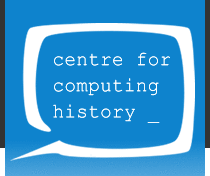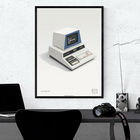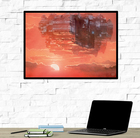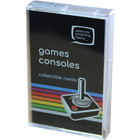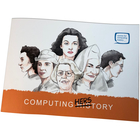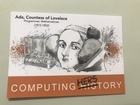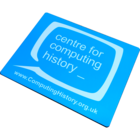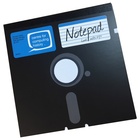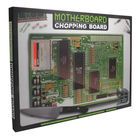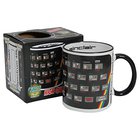Apple Graphics & Arcade Game Design
| Home > Browse Our Collection > Books > Apple Books > Apple Graphics & Arcade Game Design |
|
Apple Graphics and Arcade Game Design for Apple II. A programmer's ability to create Apple graphics can be compared to an artist’s ability with a sketchpad or an animator’s skill with animation. Each in their own way creates images that are in some way entertaining. The viewer, however, is only interested in the final effect, not the tedious technical process that the artist or programmer had to apply to produce that effect. The Apple II is a wonderful graphics tool, but unfortunately highly complex to use at any level other than Applesoft BASIC. The scattered magazine articles covering Apple graphics have shown the machine’s complexity without INTRODUCTION — 6 B: Forming Bit Mapped Shape Tables ISBN : Publisher : The Book Co Author : Jeffrey Stanton Format : Paperback: 288 Pages This exhibit has a reference ID of CH33252. Please quote this reference ID in any communication with the Centre for Computing History. |
